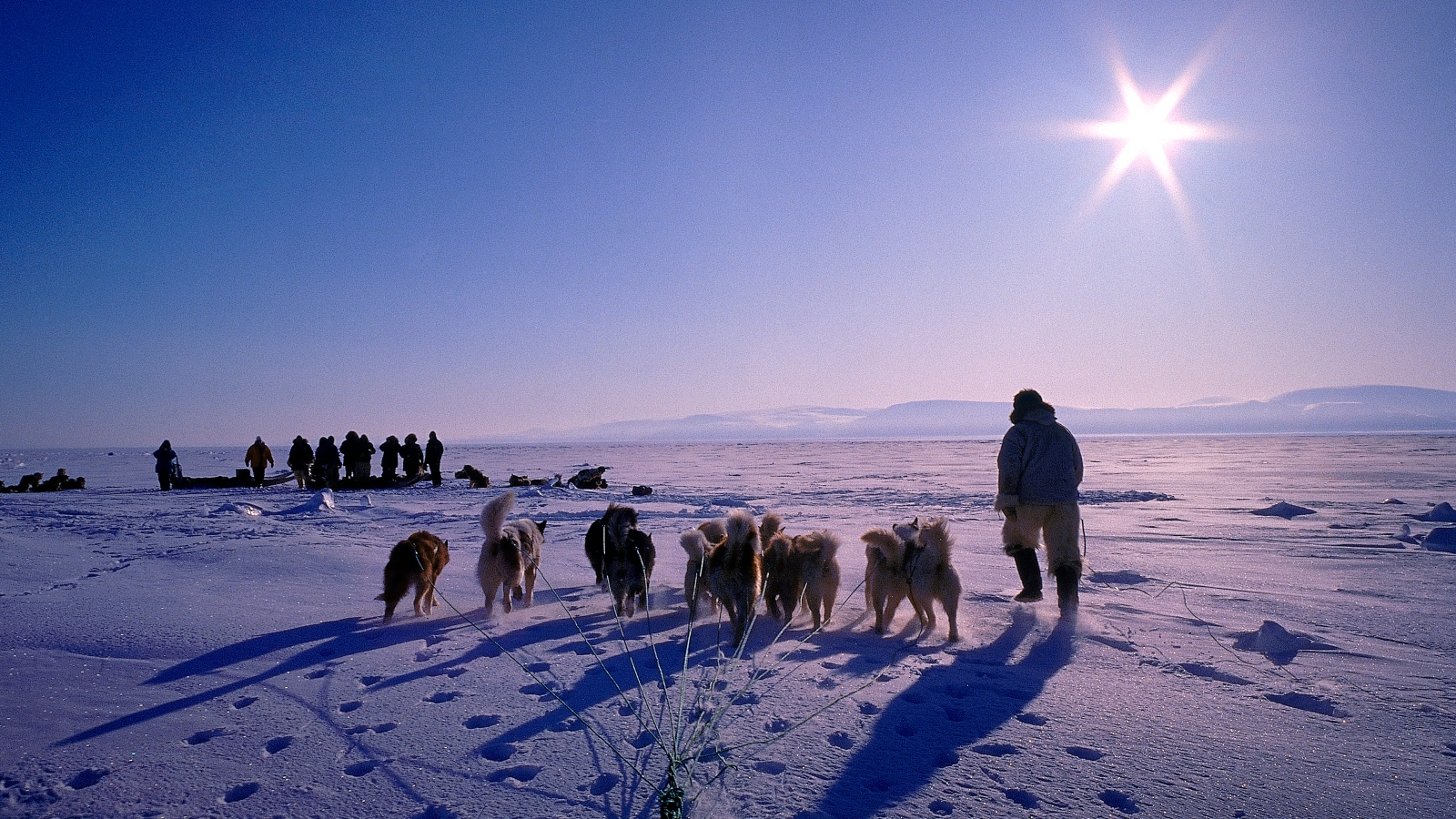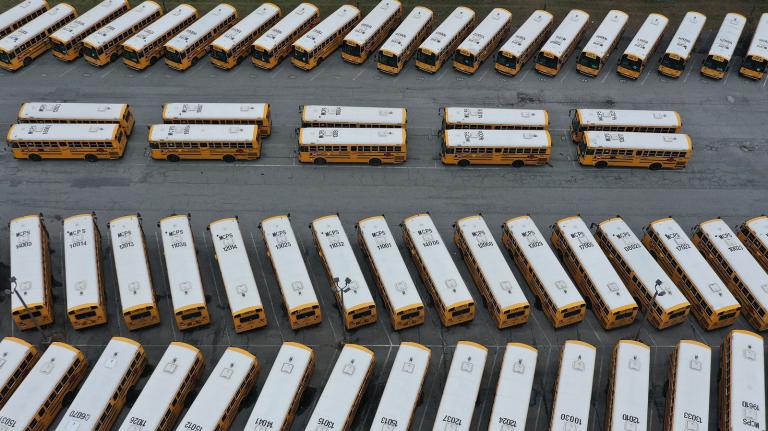Nikoosh Carlo, Ph.D., is CEO of CNC North Consulting, which focuses on community-driven solutions to climate change, and a Public Voices Fellow of The OpEd Project and the Yale Program on Climate Change Communications.
In September, Schitt’s Creek, a sitcom created by the Canadian actor Dan Levy and his father, Eugene, won nine Emmys. Levy’s newly raised profile called attention to his efforts to learn about Indigenous culture and history in Canada with the help of a free online course at the University of Alberta. Back in August, he invited people to join him via an Instagram post that was liked by thousands.
The course is part of an effort in Canada to face an ugly history of nation building that continues to impact people today and that we must also confront in the U.S. Another piece of this effort is a formal land acknowledgement at the start of events or performances, such as the one offered at this year’s Academy Awards by the Maori director Taika Waititi.
“The academy would like to acknowledge that tonight we have gathered on the ancestral lands of the Tongva, the Tataviam and the Chumash. We acknowledge them as the first peoples of this land on which the motion picture community lives and works,” Waititi said. Likewise, the new policy platform introduced at this year’s (virtual) Democratic National Convention acknowledged “that we gather together to state our values on lands that have been stewarded through many centuries by the ancestors and descendants of Tribal Nations who have been here since time immemorial.”
A land acknowledgement highlights the ongoing stewardship by Indigenous peoples, uplifts Indigenous voices, and helps audiences and institutions reconsider their roles within a broader community. It’s a sign of respect that’s common in Canada, Australia, New Zealand, tribal nations, and increasingly in the U.S. It’s also a step toward recognizing that multiple perspectives are needed to address climate change.
Indigenous peoples’ knowledge and leadership can drive innovative climate solutions. For example, in the southwestern Alaska village of Igiugig, people are piloting sustainable microgrid projects to replace fossil fuels with wind turbines and non-dam river technology to power a community farm. At a global level, Indigenous organizations work alongside the eight nations in the Arctic Council to address sustainable development and environmental protection. One of these organizations, Gwich’in Council International, leads efforts to coordinate wildland-fire emergency response across international boundaries. For a problem that is burning out of control worldwide, only cross-cultural cooperation can offer hope for the future.
Indigenous peoples in Alaska, where there are over 200 federally recognized tribes making up approximately 15 percent of the population, have thrived in the extreme lands and waters of the Arctic for millennia.
As a child, I lived a few blocks from my grandparents, aunties, and uncles, who ensured that we harvested, ate, and shared traditional foods: salmon, moose, berries. In the blueberry patch, I heard the stories of our ancestors and learned that we are all connected in community. Indigenous peoples have a connection to the land that has made us expert observers and caretakers of the environment — a connection I feel more keenly in these pandemic times.
There’s a model for mutual respect and cooperation in traditional Alaska Native practice. It begins with how we introduce ourselves to each other — think of it as our own personal land acknowledgment:
My name is Nikoosh Carlo. I am Koyukon Athabascan, born and raised in Fairbanks and Tanana, at the confluence of the Tanana and Yukon Rivers. I am the oldest daughter of Gail and Wally Carlo from North Dakota and Tanana. My grandparents were Poldine and Bill Carlo from Nulato and Rampart, Alaska.
When others introduce themselves to me, I’m actively listening for family lineages and places so I can understand how we are connected. These introductions ground us in our history and shared values, and guide how we might work together.
Indigenous and non-Indigenous peoples are inextricably linked in the battle against climate change. We can tackle it together if we build a foundation of mutual respect. It starts with acknowledgment: of land, of history, and of Indigenous leadership. Healing the environment can also heal communities.



